
Are you aware of some of the worst mistakes gardeners make?
Have you ever entered the dark horticultural world known as ‘horrorculture’? At some point, most gardeners unintentionally practice this form of gardening. They are often well-meaning individuals who execute poor horticultural practices, possibly leading to horrifying results. Below are some obvious examples of mistakes gardeners make.
Foundation Planting: These include trees and bushes primarily planted to highlight the home and serve as a backdrop for other smaller plants. Some homeowners don’t consider their future growth and site them too close to the foundation. These trees and shrubs can damage fascia and soffits, and their roots can interfere with weeping tiles. Many of these plantings suffer premature death, ending up in the wood chipper.

Blocking Windows with Bushes and Trees: Windows are meant to let in light and provide a view. Plantings that block them can create extra home-maintenance jobs. They can also provide cover for an intruder using the window as an access point.
Zeroscaping: Not everyone enjoys gardening; in fact, some prefer the bare no-frills look. There’s nothing wrong with this, but it may affect the resale value of your home.
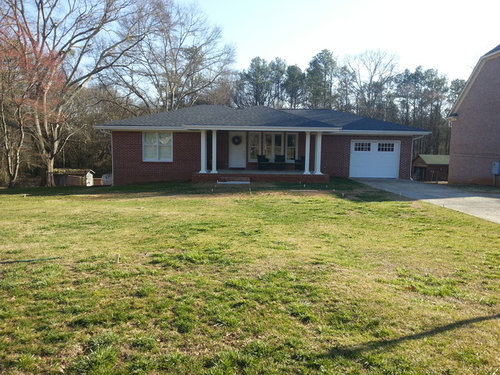
Minimalist is okay but this lot would be much improved with a bit of landscaping
The Natural Look:
Some homeowners opt for a natural-looking yard, which can be quite appealing. However, natural does not equate to no maintenance whatsoever, which may lead to your municipality forcing you to eliminate plant material due to noxious-weed violations.
Excessive Lawn Ornamentation: There’s no official rule for determining the acceptable number of lawn ornaments per yard. However, some homeowners carry it to excess, ending up with a lawn that’s overcrowded with concrete and plastic items. The best rule may be to have no yard ornaments unless they are part of a landscape theme or are used as an enhancement for a garden bed.
Growing Vines Up the Side of Your Home: This horror culture trend is a tricky one, as many of us have admired the centuries-old practice of growing beautiful climbing plants up the sides of stately homes. However, this form of gardening should be controlled, and one must be aware of its limitations. Vines snaking up vinyl or aluminum-sided homes may cause permanent discoloration and necessitate a cosmetic replacement. Climbing plants can also block windows and screens, plug eaves troughing and chimney stacks, and create fascia and soffit damage. Vines don’t necessarily cause problems to brick and mortar, but they do leave walls moist and harbor a variety of insects.
Overfertilizing and Overwatering: Fertilizers must be spread evenly and in the right quantities. Always check the guidelines for the plant you are fertilizing. More fertilizer does not equate to faster and better growth. Excess fertilizer spilled on lawns and plants should be immediately redistributed to protect against burning.
Watering should also be applied evenly and not excessively. Overwatering stresses a plant’s system, which makes it difficult for the plant to take up fluid and results in dieback.

Improper fertilizing causes more harm than good
Breaking Municipal Rules: When building decks, fences, in-ground pools, ponds, and sheds, homeowners should follow local bylaws and obtain the necessary permits beforehand. It’s a common error for gardeners to plant outside their property boundaries and encroach onto city or flood plain land without obtaining the necessary permits.
Cultivating Invasive Plants: Gardeners should be concerned about invasive-plant cultivation on their property and should try to contain it. These plants spread quickly at the risk of non-invasive ones and can affect neighboring yards. Some examples of invasive plants include Norway maple (Acer platanoides), periwinkle (Vinca minor), mint (Mentha), creeping Jennie (Lysimachia nummularia), English ivy (Hedera helix), and ribbon grass (Phalaris arundinacea).
Pesticide Dangers: There are pesticide bans in effect in many localities across North America. Where permitted, the use of pesticides to eliminate bad bugs and plants can also harm beneficial bugs, plants, and aquatic life.
Plants that Threaten Pets and Children: These are often innocently overlooked, but the toxicity of plants should be considered when populating your landscape. Some to avoid include castor bean (Ricinus communis), foxglove (Digitalis purpurea), lily of the valley (Convallaria majalis), and spurge-laurel (Daphne laureola). All present a poisoning threat to children, animals, or both.
Excessive Use of Mulch: Too much mulch will contribute to a plant’s demise, as more than a few inches around trees and bushes encourages rodents to nest and girdle stems. Use non-vegetative mulch material, such as stones, around trees and bushes. If using vegetative mulch, composted varieties are best since fresh wood chips extract nitrogen from plants to begin the composting process.
Believing in Gardening Myths: Many gardeners govern their garden practices using information that’s been handed down from generation to generation. Much of this information is mythical. It includes not watering the garden in the morning so that the sun doesn’t burn the leaves through the beads of water; placing gravel at the bottom of pots to improve drainage when, in fact, the gravel may block existing holes in the pot bottom; believing that drought-tolerant plants never need moisture and sealing pruning cuts with pruning paste or paint.
Smoking Around Plants: Handling plants after smoking (without washing your hands first) can contribute to the spread of the deadly tobacco mosaic virus.
Not Rotating Vegetable Crops: All vegetable crops should be rotated every three years, or more often if convenient, to prevent the establishment of soil-borne diseases. Using plastic mulch could buy some time between rotations, as it may prevent soil diseases from splashing onto the plant.
Cultivating Plants Too Closely Together: Plants need an airy environment and must be given space in their beds. Fungus diseases can quickly spread through an entire line of closely-sited plants that have little chance of drying between watering.
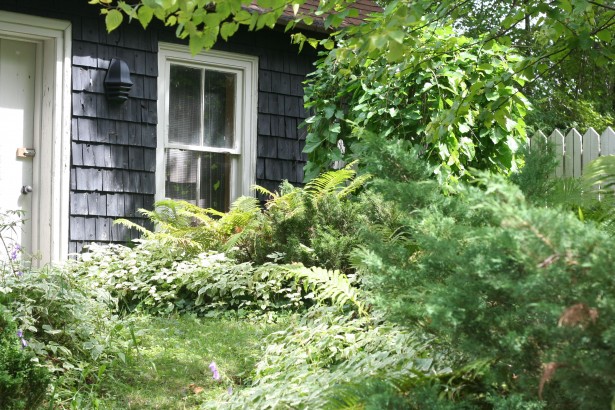
Planted too closely
These are some of the most common mistakes that gardeners make. We can all inadvertently practice some form of ‘horrorculture’. Awareness of the common pitfalls can reduce these errors, and save gardeners time and money.
Ron Rossini
Master Gardener
READ MORE:


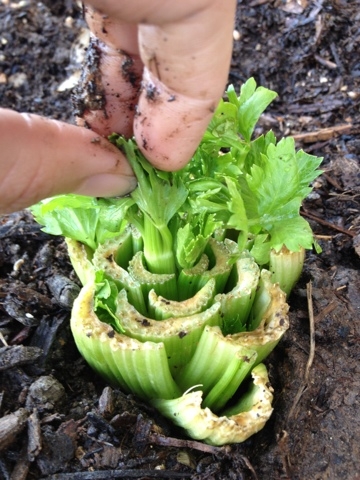
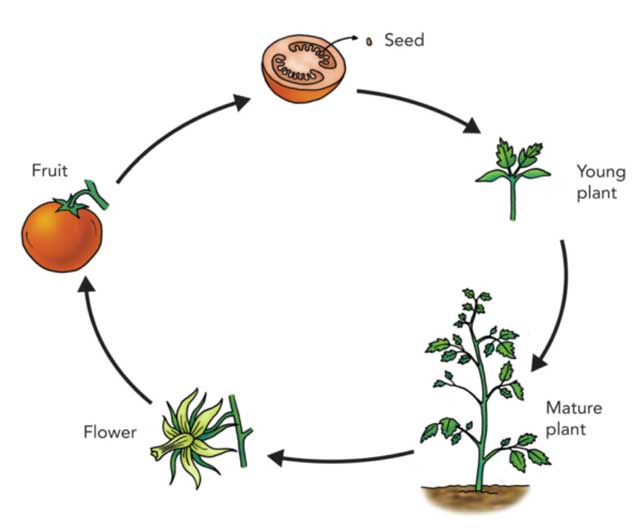
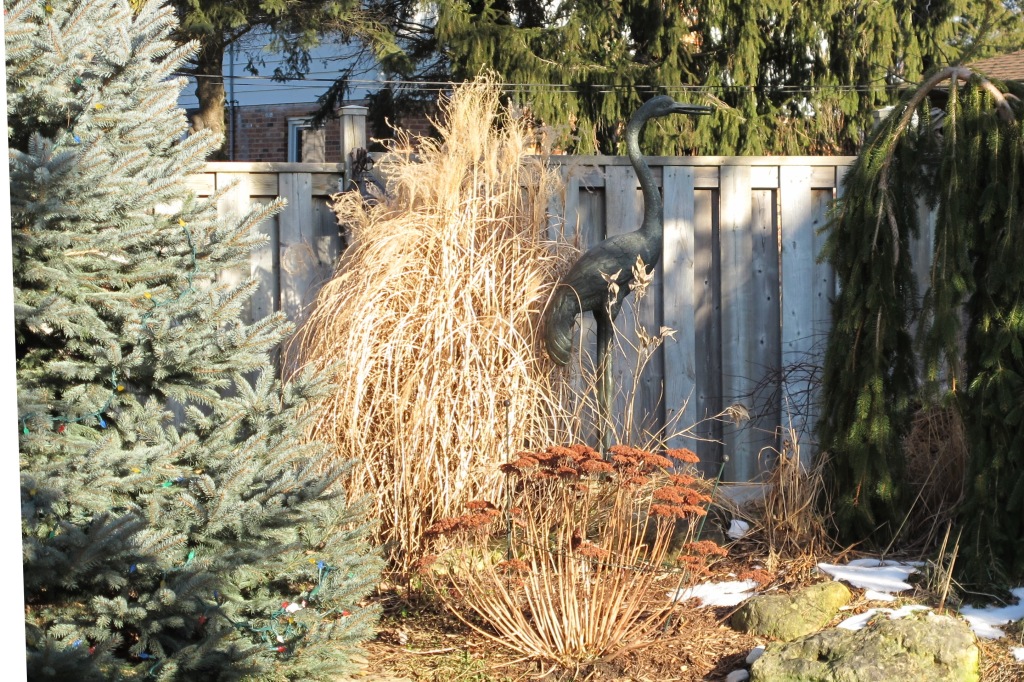
About The Author: Ron Rossini
Ron's been a gardening resource in the London area for years; writing for local publications, doing radio segments, giving talks and advice for more than 15 years as an active master gardener and growing as many as 80 varieties of tomatoes.
More posts by Ron Rossini